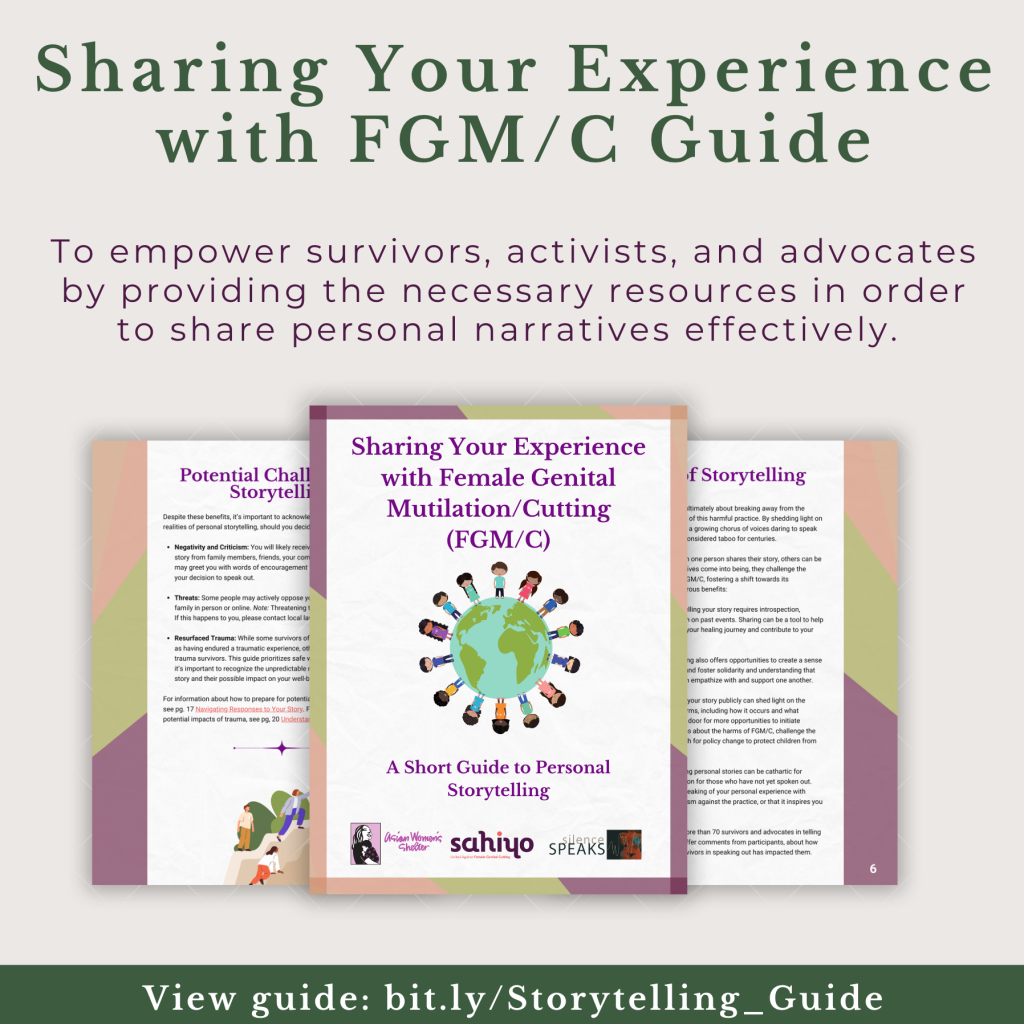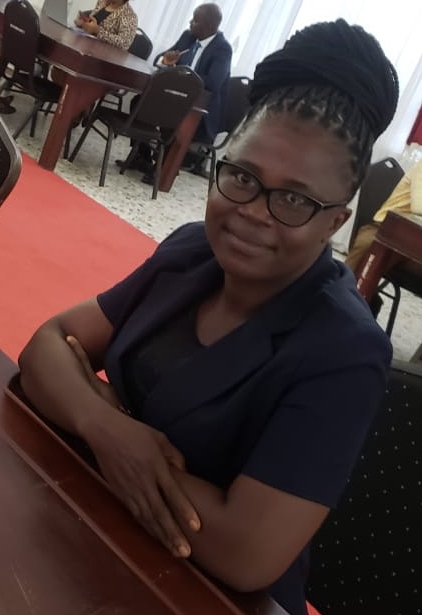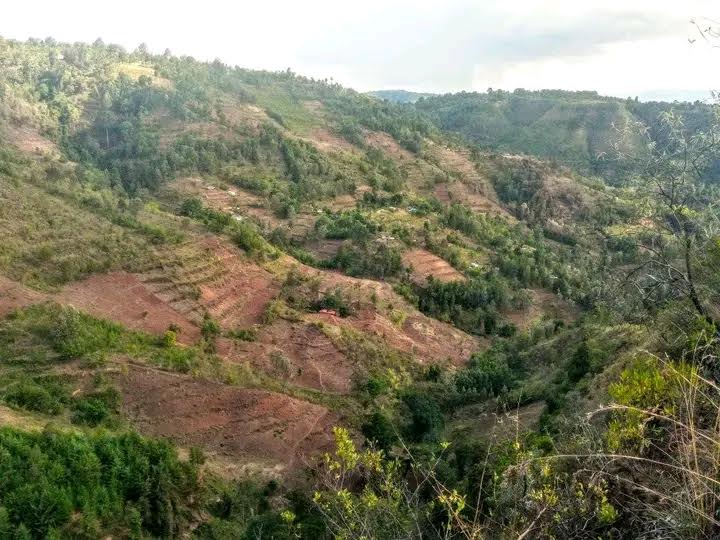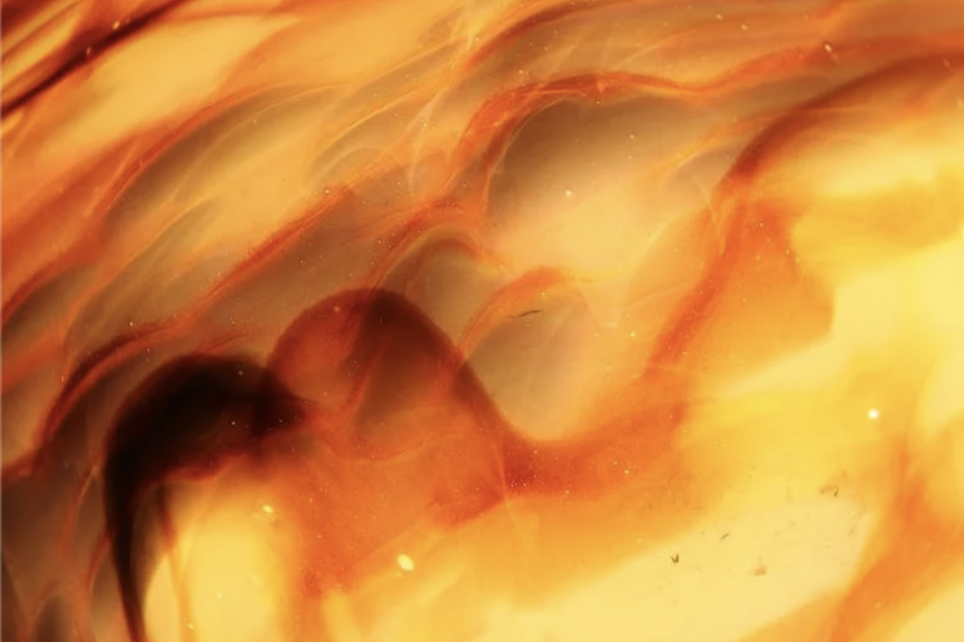Empowering Voices: The Launch of the Sharing Your Experience with Female Genital Mutilation/Cutting (FGM/C) Guide

Sahiyo is excited to unveil our new guide, Sharing Your Experience with Female Genital Mutilation/Cutting (FGM/C), in partnership with the Voices to End FGM/C project. This project is a dynamic collaboration between Sahiyo U.S., Silence Speaks, and the Asian Women’s Shelter. This guide is designed to empower survivors, activists, and advocates by providing the necessary resources to learn how to share personal narratives publicly. This resource aims to amplify voices, educate communities, and, ultimately, mobilize individuals to take personal steps toward addressing female genital mutilation/cutting (FGM/C). What You’ll Find Inside: Writing Tips: Practical advice to help you craft and share your story in a way that feels right for you. Emotional Support: Insights on how to prepare yourself emotionally for the storytelling process. Public Sharing Guidance: Tips on how to share your story publicly, whether with friends, family, or a wider audience. Trauma Education: Information on the impacts of trauma and how to manage the feelings that might come up. We also encourage you to explore our Voices to End FGM/C website and discover the diverse stories from across the globe. Why This Guide Is Important Each story shared through this guide humanizes the issue of FGM/C, fostering empathy and inspiring action. For many survivors and advocates, sharing personal stories can be a powerful step towards healing and can also be a way for them to make a difference in their communities. Making space for people to tell their stories can help to transform feelings of helplessness into resilience and solidarity. By sharing our voices, we join in a brave community of survivors and advocates working to raise awareness and inspire change on this issue Ready to Share Your Story? If you’re ready to start sharing your experience with FGM/C, this guide is here to help. Your story is powerful and can make a significant impact in helping to raise awareness and support for ending FGM/C for future generations. Get the Guide You can access the guide today on the Voices website. You can also learn more about the Voices to End FGM/C program on Sahiyos website If you have any questions or need further support, please don’t hesitate to reach out to us. We’re here for you! Contact Us For any questions or more information on the Voices program, contact us at aries@sahiyo.org Your voice matters. Share your story and be part of the change.
Grief to promoting education: Jacqueline’s inspiration to end FGM/C

By Megan Seaver Jacqueline’s story with female genital mutilation/cutting (FGM/C) is one of both survival and advocacy. She works tirelessly to prevent other families from pressuring their daughters to undergo FGM/C, and the origins of her work are from her own insight after undergoing the practice herself. “Until age 7 on that day, I had two lovely childhood girl friends… We were meant to be mutilated on the same day. But me being the granddaughter of the cutter, they went through the exercise first… It ended up causing their death, because the bleeding from the cut began to spread.” Jacquline found it difficult to forgive her grandmother for her participation in carrying on the harmful practice. This loss of her friends and the disagreements with her grandmother allowed her to realize how dangerous FGM/C is. “Going through the practice of FGM/C [female genital mutilation] myself at a very early age and also seeing other girls go through it too, I know that pain that the cut causes. That is why I feel the practice must end with me, and a new generation must begin with me, so no one else feels that pain.” “I knew that it was my mission, to carry on this message to a wider audience. In spirit, in my community, and in my country. And to also save my girls from going through the same practice. I have three beautiful girls and none of them are taking the cut.” Jacqueline is the founder of the Covenant Foundation for Girls (COFGIRLS), The organization focuses on providing educational information about the dangers of FGM/C to young girls, and also goes to rural areas to create dialogues surrounding ending FGM/C. In 2010, Jacqueline and her team received a grant from Equality Now to support their educational efforts to visit villages to educate young girls and their parents about FGM/C. “So we were a team of seven persons… but four of my other teammates did not go through the practice, so they didn’t understand the [negative] response we would get when bringing up FGM/C in rural villages.” Taboos associated with speaking about FGM/C can make educational efforts difficult and conversations to end the practice were met with hostility; Jacqueline remembered in one village, choosing to stick up for her teammates, and taking responsibility for bringing up the topic of FGM/C in that setting. She pointed to the combination of a lack of education and the establishment of the practice within the rural communities that made this advocacy work so challenging. Jacqueline does not view FGM/C as “a cultural heritage that needs to be upheld.” Rather, she emphasizes a “need to have a national dialogue, to bring together stakeholders and chiefs” to work towards ending it. Years later, her activism led her to attend the 2023 Women Deliver Conference held in Kigali, Rwanda. At the conference, Jacqueline signed on as a founding member of the newly emerged End FGM/C Network Africa, an organization aimed at uniting voices of advocacy in the hope of influencing those in power to support the end of FGM/C in Africa. The future is bright for Jacqueline’s advocacy work. When asked about where to go from here, she mentioned the vital importance of educating men on the harm that FGM/C causes, and how their support of the practice in communities she works with has led to irreversible trauma for the women in their families and communities. “Everyone, especially parents of survivors, need to learn the truth about female genital cutting and help us to save our girls’ futures. FGM/C is cruel, deadly, and an abuse of human rights.”
My experience learning about Kukeketwa (FGC)

By Cecilia Mwakenya Trigger warning: this article contains graphic descriptions of female genital cutting (FGC). I was born and raised in Chachewa, a small village in Taita Taveta County, Kenya. Taita Taveta County is located approximately 360 kilometers from Nairobi, Kenya’s capital city. The Taita and Taveta communities are the most populous ethnic groups in the county, and I am a part of the Taita community. Growing up in Taita Taveta was an adventure for me because of the serene environment, being surrounded by the Tsavo national park which is a major tourism site in Kenya. Waking up every day to different wild animals and the mountains filled me with such an amazing feeling. It also helped me learn about my culture and the challenges that women and girls face in my community. This included the inability for some girls to afford sanitary towels, and in some homes, frequent violence directed towards women. When I was 13 years old, studying as an eighth grader in primary school, I met a friend of mine whom I will name Tatu for the purposes of this publication. Tatu was a cheerful and bubbly girl who shared funny jokes with us at school. Even when we weren’t in the mood for jokes, she would make us happy and soon we would be smiling like her. Behind her smiles, however, were tears, loneliness, and hidden scars. Like myself, Tatu is a native of Taita Taveta County. Unlike myself, she was subjected to FGC when she was only nine years old. As the youngest of six siblings, with four older sisters, Tatu knew to expect what her female relatives called Kukeketwa, also known as FGC. However, she was not prepared for the experience that would shape her to this day, which she told me about. “It all began when my mother began preparing me for a ‘ceremony’ that was to take place during the school holidays. I was in fourth grade and had no idea what the ceremony was about. As the days passed, my elder sisters began telling me about Kukeketwa and how they, too, had been cut. They said it was a transition from childhood to adulthood. I remember that fateful day, when they took me to a secluded dark hut where the whole process was going to take place. I was scared and started crying out loud. There was this woman popularly known as ‘Koko’, plus two other women including my mother. The other woman put a hand on my mouth, and the others tied my legs to the sides, and Koko took a sharp razor and cut my private part. I was crying and I looked at my private parts, and there was blood everywhere, splashing. Immediately they started singing and told me I am now a complete woman. When I reached home I found my other family members celebrating and singing songs of praises, because I had officially become one of them. It took me three weeks before I healed, but I never remained the same again.” I was so traumatized listening to her story. I did not know behind the exterior of the jovial Tatu, there were scars that will never heal. I was one of the lucky girls because my parents were educated about the harms of this practice, and even with the pressure around the community, they never allowed me to be cut. They were so protective of me, and that is something I am grateful for. In learning from Tatu about the harms of FGC, and living with the privilege of my own exemption from the practice, I grew up with the passion of wanting to work to end FGC. My work at Sahiyo is a part of this, because I believe it is possible to prevent FGC. I want to ensure no other young girls like Tatu will have to hide their pain deeply behind a smile.
My first encounter of female genital cutting

Trigger warning: Below is one person’s account of her experience with female genital mutilation in India. This story may be disturbing and/or triggering for some. We thank her for being brave and sharing her story with us. By Anonymous “Sit here..here on this steel plate. [Takes out a pair of sharp scissors]. Shh! Just close your eyes…[Removes my underwear]. Nothing will happen, darling! [My mother holds my hand]. It’s done…[She covered my mouth]. It’s almost done. [I was bleeding]. Don’t cry…Good girls don’t cry! [Because good girls…they…they get circumcised]. The events of my circumcision, or female genital cutting (FGC), continue to be a source of haunting noise to my listening ear. My 7-year-old self only thought of a promised chocolate treat, given to compensate for that deadly pain; how her Maa would kiss her cheek for being a brave girl sitting on that steel plate. She did not know she was sitting in that shadowy hideous place to pay for her sin: the sin of being a woman. When you are as young as 7, you are not aware of the moral conscience. You do not pay attention to the right or wrong of things, and keep doing as you are told. When puberty hits, you start becoming more aware about yourself and questioning things being right or wrong. At 14, I became mature enough to understand what happened to me when I was 7; I was able to identify it as FGC. The practice is followed by many communities across the globe. Some communities dictate FGC as a mandatory thing for the women to undergo through their religious leader’s sermons. It is believed that the cutting or removal of total or partial genitalia will give the men complete satisfaction and comparatively more pleasure while indulging in sexual intercourse. People in these communities believe it is obligatory for the women of the family to go through FGC for social acceptance. There is no reference to FGC in the Qura’an or any other holy books. It is completely driven by societal norms. I am angered that these societies feel it is ethical to control how a woman should be through her genitals, so that she may be accepted within the community. As a teenage girl who has realized what has been done to me, the fire within me to destroy the ritual from this world rages, because I care too much for the young girls who still keep getting bribed for a chocolate at the cost of their clitoris removal. FGC can have haunting effects on survivors’ physical and psychological health. Women whose total or partial clitoris have been removed are prone to a variety of infections in addition to excessive pain and bleeding. They may not experience intense pleasure during sex. It can severely affect mental health as well, resulting in anxiety and post traumatic stress disorder. FGC can make a survivor feel fragile and weaker in their societal position; it can make them insecure about their body. Personally, I don’t feel confident enough to open up about being a victim of FGC without sharing this story anonymously. I don’t want people to pity me because those who are to blame do not realise their faults yet. I think FGC is a worthy reason for not feeling obligated to follow the rules my community puts before me, including ways of dressing appropriately or maintaining my community’s integrity. As I see it, I chose to use ‘FGC’ over female genital mutilation (FGM) because mutilation means harming a person on purpose. I believe if my parents were aware enough about the practice being so much more than ‘in the name of God’, they wouldn’t have made me go through it. Personally, I don’t think laws would make a heavy impact on ending this practice because there are people who will conduct it illegally with unhygienic instruments even when India has banned the practice. To end FGC, it has to come as a revolution, the obliteration of an age-old, traditional ritual. Only when we ALL decide to make a change, can the world be saved. In the name of God, people perform such rituals, which makes these lines from Deaf Republic more and more sensible – “At the trial of God, we will ask- why did you allow all this?” The answer will be an echo- why did you allow all this?”
